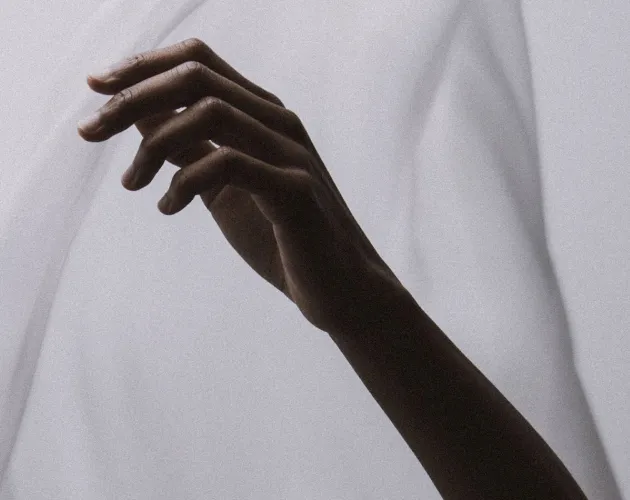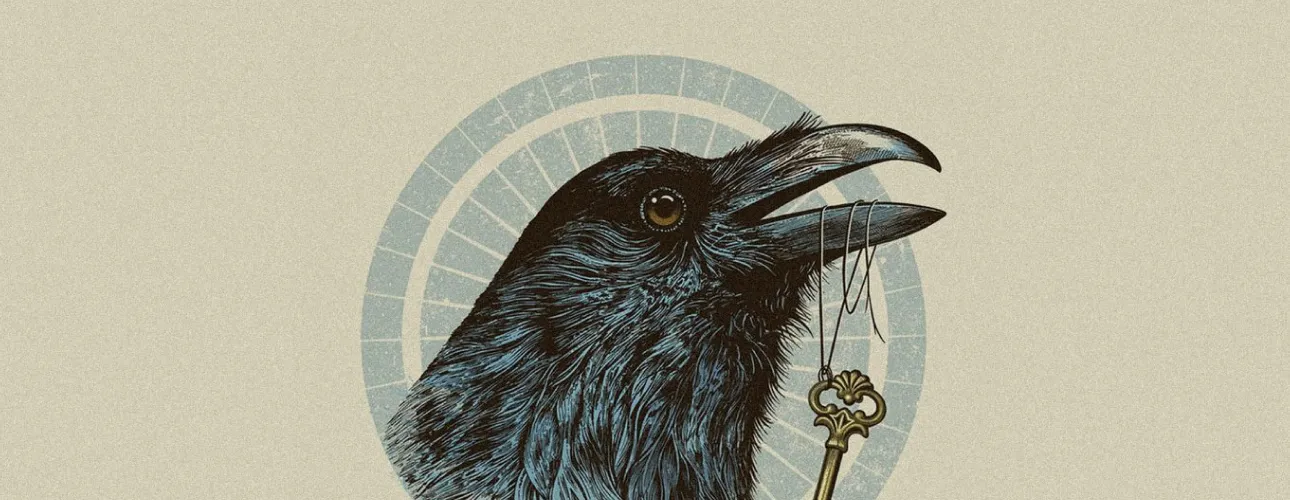Introduction: The Power of a Graphic Design Portfolio

Defining What Makes a Graphic Design Portfolio
A graphic design portfolio is your career in a nutshell. It’s a collection of your best work, showcasing your skills, creativity, and personality. Think of it as a virtual handshake, your first impression to potential clients or employers. It’s more than just a bunch of pretty pictures. It tells the story of your professional journey, the challenges you’ve faced, and how you’ve solved them with your design skills.
Here’s what sets a stellar portfolio apart: it’s curated. That means you don’t just throw in everything you’ve ever created. You carefully select projects that highlight your range, your best work, and the type of work you want to do more of. It shows your process too, not just the final product. It’s like saying, “Here’s what I can do, and here’s how I get it done.”
And remember, your portfolio is alive. It evolves. As you grow and improve, so should your portfolio. Out with the old, in with the new. Keeping it updated is crucial. This way, it always reflects the best version of your professional self. So, think of your graphic design portfolio as your personal brand on display. Done right, and it’s the most powerful tool you’ve got to market yourself.
The Role of Your Portfolio in Securing Work
Crafting a Portfolio That Stands Out
In the world of graphic design, your portfolio is your battlefield shield. It showcases your skills, your style, and your creative journey. It’s what sets you apart from a sea of competitors. Think of it as your personal art gallery where every piece tells a story. To craft a portfolio that stands out, start with selecting your best work. Yes, quality over quantity always wins. Don’t just throw everything in; choose projects that highlight your versatility and skills.
Next, pay attention to how you present these works. Your portfolio should not just be a dump of images. Each project should tell a story—explain the problem, your creative solution, and the outcome. This narrative approach makes your work memorable.
Also, make sure your portfolio is easy to navigate. If it’s online, a clean, intuitive design allows viewers to focus on your work, not struggle with the website. Finally, keep it updated. Your latest project could be the one that catches your ideal client’s eye.
Remember, in a world where everyone shouts, the one with a sharp, clear voice gets heard. Make your portfolio speak clearly about who you are as a designer.
Essential Elements Every Graphic Design Portfolio Should Include
Your graphic design portfolio is more than a collection of your work—it’s a showcase of your talent, creativity, and skills. It tells potential clients or employers everything they need to know about what you can do and how well you can do it. Here are some must-haves for your portfolio:
Diverse Projects: Show a range of work. Include logos, websites, brochures, or packaging designs. Variety speaks volumes.
Your Best Work Only: This is non-negotiable. Pick pieces that you’re proud of, not just what you think others want to see.
Process Insights: Clients love to see how you arrived at the final product. Including sketches or iterations can add depth to your work.
Context and Stories: Don’t just show; tell. Briefly explain the project goals, your role, and any challenges you overcame. It makes your work relatable.
Personal Branding: Your portfolio itself should reflect your unique style. Apply your personal branding across the entire portfolio for a cohesive look.
Contact Information: Seems obvious, but ensure your portfolio makes it easy for people to reach out to you.
Remember, quality over quantity always wins. Keep it updated, keep it tight, and let your work speak for itself. Your portfolio is your pitch, your advertisement, your chance to stand out—make it count.
Online vs. Physical Portfolios: Pros and Cons
In the world of graphic design, your portfolio is your best friend. It’s how you show off your skills, creativity, and experience. You’ve got two main options for your portfolio: online or physical. Both have their strengths and weaknesses. Let’s break it down.
Online Portfolios: They’re everywhere. Easy to share, easy to update. You can reach a global audience without leaving your desk. Plus, they’re cost-effective. No need to print or ship anything. But, they have a downside. It’s easy to get lost in the sea of online portfolios. Standing out takes effort and a bit of digital savvy.
Physical Portfolios: They pack a punch when it comes to making a first impression. Holding your work in their hands, clients can feel the quality, texture, and effort. It’s tangible. The drawback? It’s not as easy to share. You can’t just send a link to a potential client on the other side of the world. Plus, updating and replicating physical portfolios can be a drain on time and resources.
In a nutshell, online portfolios are great for reach and convenience, while physical portfolios excel in impact and tangibility. Your choice might depend on your audience, your style, or even the type of work you do. Sometimes, a mix of both could be the winning strategy.
How to Use Social Media to Enhance Your Portfolio’s Reach
To crank up your portfolio’s visibility, think of social media not just as a chill spot but as a dynamic billboard. It’s all about showcasing your work in places where eyes are already glued. Start by making your designs pop on platforms like Instagram and Behance, where visual content reigns supreme. Key move? Regularly update your feed with your freshest work – this keeps your audience hooked and shows you’re active.
Don’t just post and ghost. Engage with your followers. Respond to comments, ask for feedback, and jump into discussions. This builds a community vibe around your brand. Also, using hashtags smartly can catapult your work into the right eyeballs. Think beyond the generic #graphicdesign; tailor your hashtags to the specifics of your work, like #minimalistlogo or #retrobranding.
Consider collaborating with influencers or brands that align with your style. It can be a game-changer in how your work is perceived and spread.
Lastly, don’t underestimate the power of behind-the-scenes content. Share your design process, a sneak peek into your day, or how you tackle creative challenges. It adds a personal touch that folks dig.
In simple terms, blend in by standing out. Make your social media a vibrant extension of your portfolio, and watch your reach skyrocket.







